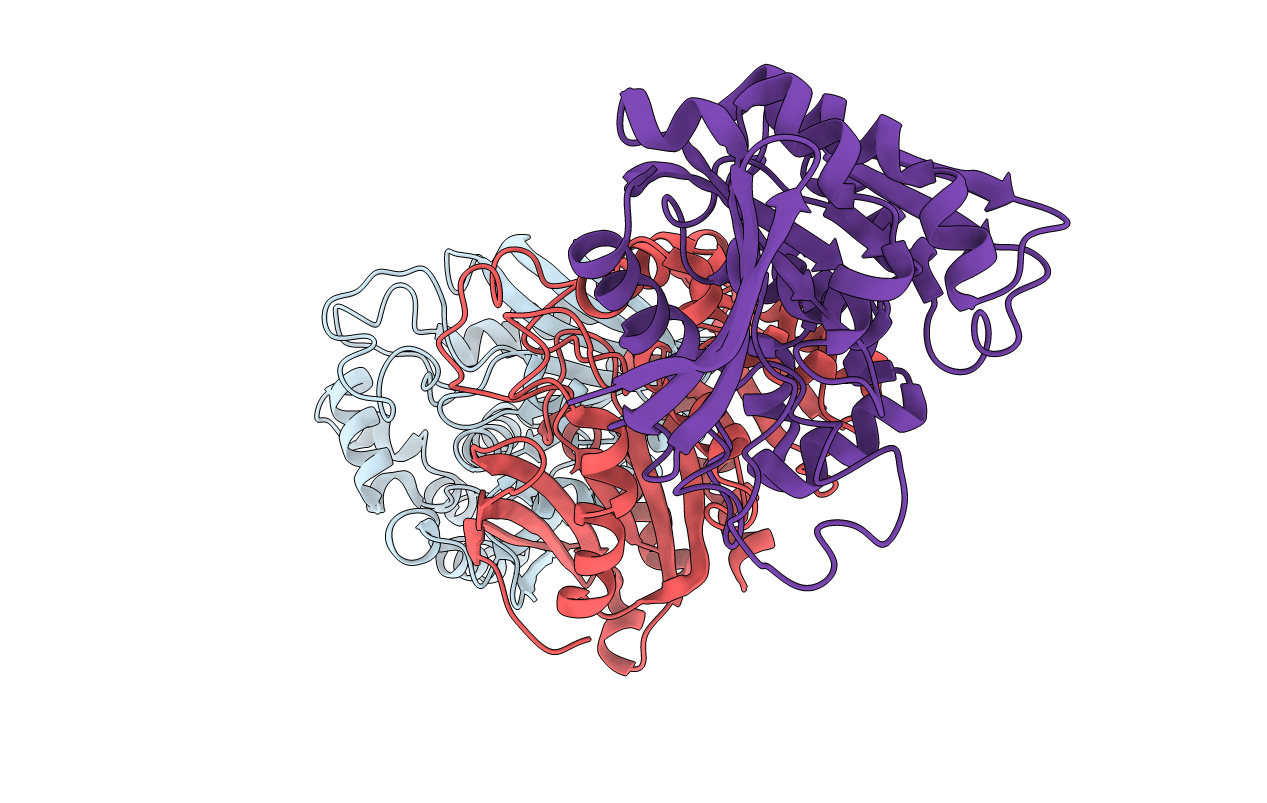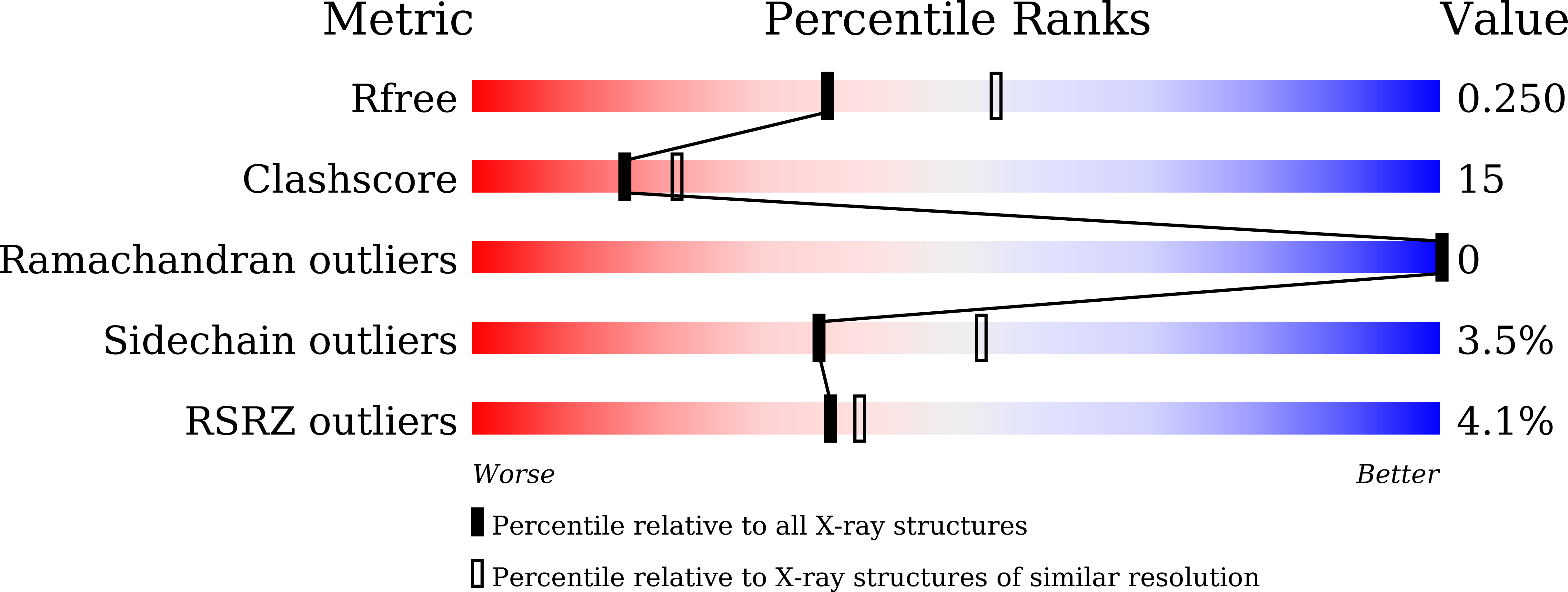
Deposition Date
2022-08-19
Release Date
2022-10-12
Last Version Date
2023-11-29
Entry Detail
PDB ID:
7YVT
Keywords:
Title:
S-formylglutathione hydrolase from Variovorax sp. PAMC 28711
Biological Source:
Source Organism:
Variovorax sp. (Taxon ID: 1871043)
Host Organism:
Method Details:
Experimental Method:
Resolution:
2.38 Å
R-Value Free:
0.24
R-Value Work:
0.20
R-Value Observed:
0.20
Space Group:
C 1 2 1


